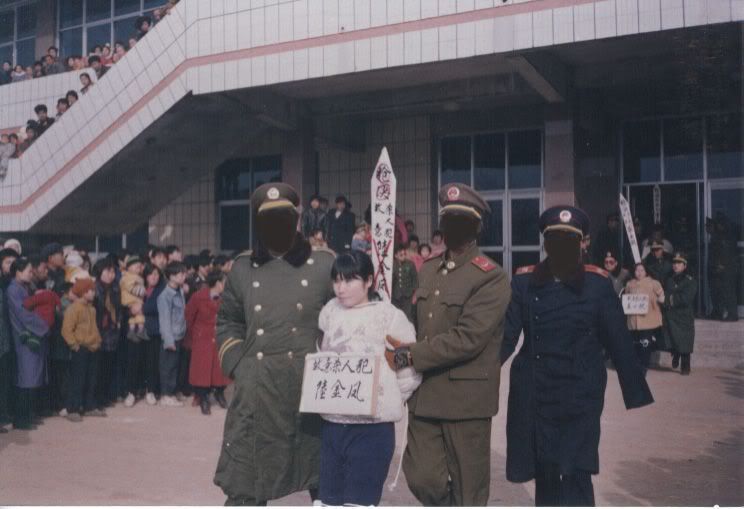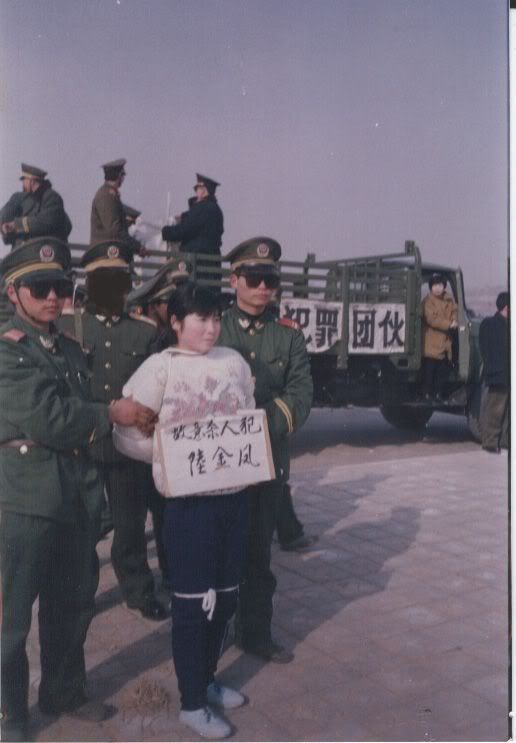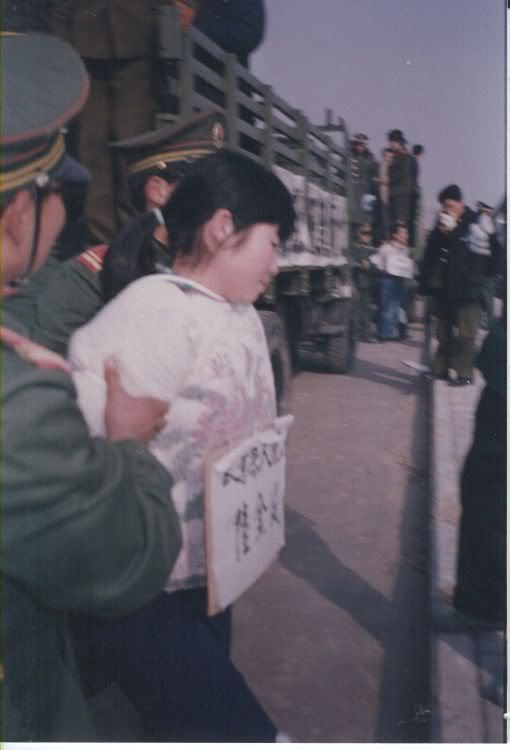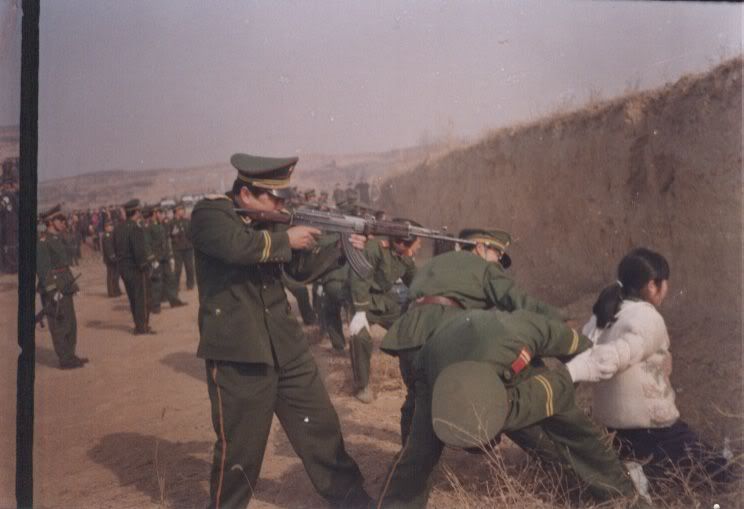 Cities like Beijing have a growing drugs trade |
Yet in a leafy backstreet in one of Beijing's quieter residential areas there is a reminder of how deceptive appearances can be.
At least 100 people are reported to have been executed for drug trafficking in 1999 |
While the Chinese authorities paid limited attention to the return of the drugs trade amid the breakneck economic reforms of the 1980s, the problem has now become hard to ignore.
'Designer drugs'
Official figures say 57,000 people were arrested last year for drug trafficking or drug production, up eight percent from a year earlier, and at least 100 people are reported to have been executed for drug trafficking in 1999.
China is facing a surge of drugs from across its borders |
Yang Fengrui, head of the narcotics squad in China's police ministry, said recently that seizures of the designer drug increased tenfold last year - and police believe the 16 tonnes they got their hands on may be only the tip of this particular 'iceberg'.
Mr Yang also said that the drug, never detected in China until 1997, has now been found in two thirds of the country's provinces.
The spread of ice (also known as methamphetamine) can be partly explained by the fact that China is the world's largest natural source of ephedrine, from which the drug is derived.
But China is also facing a surge of drugs from across its borders, both from Central Asia, and from the south-west - where Yunnan province borders the notorious Golden Triangle region of Burma and Laos.
Chinese police have in recent years begun tentative cooperation with neighbouring governments, as well as with international anti-drug agencies. But drugs continue to flow into the country, either for shipment to markets in Asia and the west, or for Chinese consumers - last year five tons of heroin were seized, while ecstasy and other designer drugs are also spreading.
Tough punishment
Police say if foreign sources are not cut off, China will be unable to solve its drug trafficking problem.
Sympathy for drug addicts is still limited |
In recent years officials have finally begun to offer rehabilitation rather than outright punishment, but sympathy for drug addicts is still limited.
The challenge for China now is that drug use has spread out of remote ethnic minority areas in the south-west and a few big coastal cities, into wider society.
Intravenous drug use is officially listed as the main cause of the rapid spread of HIV/AIDS in China; while drugs of various types have found markets in the night clubs of the big city, and among disaffected young people in many areas of the country. Drug rehabilitation centres are planned in 742 counties around the country over the next two years
There have also been public information campaigns, with posters and exhibitions.
But despite increased official concern, experts still doubt whether the authorities have the resources to keep up with the rapid spread of drugs.
If they are to succeed they will also have to stamp out the collusion of local officials in drug trafficking in some areas, as well as the return of the cultivation of opium poppies, for which more than 4,000 people were punished last year.
China, US Ink Deal on Some Drugs

China and the U.S. signed an agreement Tuesday that could improve the safety of some usually used drugs in the U.S., including Lipitor, Viagra, a flu drug called oseltamivir, and an antibiotic used for eye infections called gentamicin sulfate.
A recent Associated Press story notes that "The global pharmaceutical industry increasingly uses drugs either made or containing ingredients sourced in China."
The agreement was one of several signed as part of the Joint Commission on Commerce and Trade (JCCT)meeting that just ended. The JCCT meets twice each year. The agreement, according the Forbes, will see China register producers of drugs and medical devices and "ensure they meet US safety standards and notify the US when safety problems surface."
While the new agreement may be a small step in the right direction, healthcare blogger Barbara Duck points out that "the accord covers only a tiny fraction of the pharmaceutical ingredients being marketed worldwide by thousands of unlicensed chemical companies. "
Another Blogosphere resident, Ellroon, was more cynical: "This should last about two minutes. "
Under the agreement, U.S. food and drug inspectors will gain increased access to Chinese facilities where the drugs in questions are actually being produced. A working group of U.S. and Chinese officials is supposed to meet with 120 days to develop a plan to implement the new agreement.





Δεν υπάρχουν σχόλια:
Δημοσίευση σχολίου